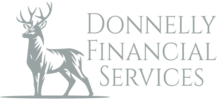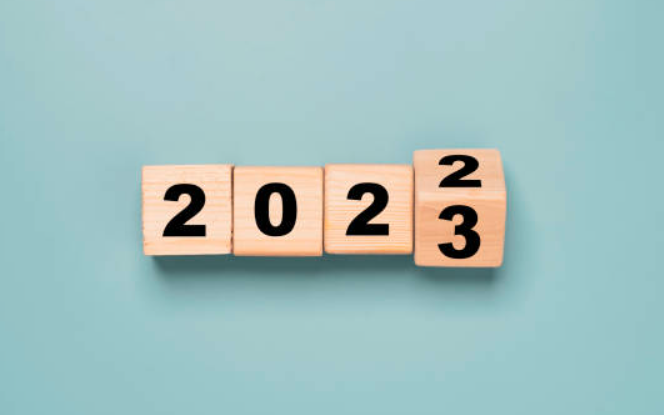For the first time in a long time Americans are dealing with valid concerns of a potential recession looming. The term recession tends to elicit some degree of apprehension in all of us, and for good reason. Most Americans can easily recall the turmoil and distress caused by the Great Recession, and more recently the Coronavirus Recession. The former being the most significant economic peril since the Great Depression, and the latter being chaotic yet short-lived. These two recessions in particular serve as a fantastic illustration of the variance in magnitude and length of economic downturns. So when we start weighing the possibility and potential impact of a 2023 recession it’s important to keep in mind that not all recessions are created equal.
There are several unofficial definitions of a recession. The most common one being two consecutive quarters of a decline in real GDP. By that definition the US experienced a mild recession in mid-2022. However, the official scorekeeper of economic cycles in the US is the National Bureau of Economic Research (NBER), which is a non-profit, non-partisan economic research association. The catch with the NBER is that even they don’t have an official definition of a recession. The committee looks at a number of factors as opposed to just GDP. A second wrinkle is that the NBER takes a retrospective approach. Meaning they often won’t declare a period of recession until after it’s passed. Therefore, theoretically, we could be experiencing a recession currently, and the worst could already be behind us.
The Inflation Chess Match Continues
With that said, it doesn’t take an economic committee to recognize that Americans have felt the squeeze of higher prices in 2022. While most Americans are not yelling ‘uncle’ quite yet, deposit data would indicate they’re getting awfully close. Throughout 2022, big banks reported that American households who had previously built up substantial savings, saw consistent erosion of those savings over the past year. That’s to be expected when households are dealing with prices that are 7 – 9% higher than they were the year before. This trend became even more evident this past December when holiday retail sales came in lighter than expected despite a strong Black Friday.
Meanwhile on the policy front, after a year of setting up the chessboard and advancing pieces, the Federal Reserve appears to be ready to play some offense. The Fed spent the better part of 2022 on its heels fighting the good fight against inflation. With interest rates now having risen faster and higher than they have in decades, we can expect smaller hikes in 2023, and eventually a waiting period of no hikes to determine the impact of prior rate increases.
Fears of a 2023 recession stem from diminished household cash converging with the Fed’s aggressive policy. As American families continue to feel the decline in their savings, a steep pullback in consumer spending is expected to occur. To add insult to injury, households and companies are going to be dealing with the highest borrowing costs they’ve seen in recent memory. Expectations are that companies will struggle due to the decline in consumer spending, leading to layoffs and stagnant corporate profits. This will likely make for a fairly bitter economic cocktail in 2023. But before we chalk up 2023 as a total downer, let’s consider a more positive alternative route for the back half of the year.

The Night Is Darkest Before The Dawn
As mentioned, all signs point towards less consumer demand going forward. While that could lead to higher unemployment and potentially a recession, it would also likely lead to significantly lower inflation numbers – Check! Fed Chairman Powell has relentlessly iterated that he is willing to cause economic pain in the short-term in order to get inflation tamed. An economic slowdown may be the checkmate on inflation the Fed needs to beat the inflationary pressure we’ve been dealing with. The moment the Fed feels inflation is under control they can hold interest rates steady, or potentially even cut rates. If that’s the case, and investors are sitting around talking about rate cuts in late 2023, we’ll likely begin to hear the first whispers of the next expansionary cycle.
The unfortunate truth in all of this is that we are still likely facing some further economic contraction in the early months of 2023. That doesn’t bode well for household budgets, portfolio values, employment, or the housing market. Hence why we have recession fears circulating. Coming back to my initial point, while recessions are never pleasant, not all recessions are created equal. There is very little evidence to support a Great Recession caliber downturn in the upcoming year. A recent survey found that two thirds of economists at the largest financial institutions are predicting a 2023 recession, but the majority of those economists predict it will be “mild” or “shallow”. Since 1980, the average length of a US recession has been ten months, and as we know from the retrospective nature of the NBER, that clock may already be ticking on this one. While I understand that’s hardly a positive spin, this notion will be important to keep in mind as we watch the market dynamics of 2023 unfold in front of us.


